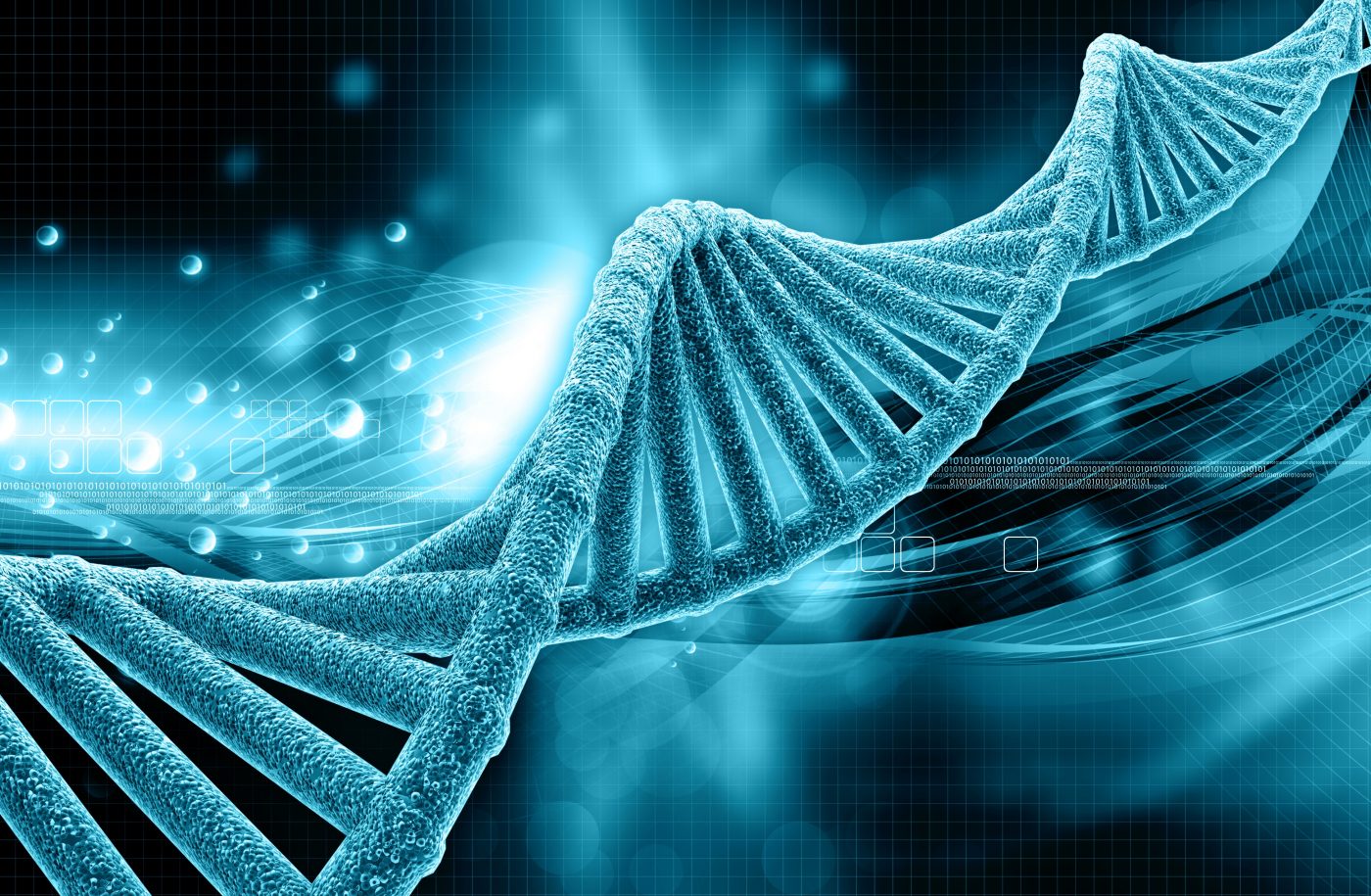Study Finds Novel Gene Involved in Muscular Dystrophy

A study recently published in the journal PNAS revealed new insights into a gene called Smchd1 that is involved in muscular dystrophy development. The study is entitled “Genome-wide binding and mechanistic analyses of Smchd1-mediated epigenetic regulation” and was conducted by a team led by researchers at the Walter and Eliza Hall Institute in Australia.
Facioscapulohumeral muscular dystrophy (FSHD) is an inherited form of muscular dystrophy characterized by progressive muscle weakness. The disorder affects the skeletal muscles of the face (facio), shoulders (scapula) and upper harms (humeral). FSHD is a rarely fatal disorder although it can be very debilitating. It is most commonly diagnosed in teenage or early adults, and is estimated to affect 1 in every 8,000 children. Currently there is no cure for the disease.
The gene Smchd1 is involved in DNA management and plays an essential role in X chromosome inactivation. In the study, researchers analyzed this gene as it has been reported to be dysfunctional in patients with FSHD2, a rare form of the disease that accounts for up to 5% of all FSHD cases.
“Our colleagues at the University of Leiden in the Netherlands work with patients who have FSHD2 and have been studying the genetic changes in these families,” explained the study’s co-lead author Kelan Chan in a news release. “We reproduced in the lab the genetic change to Smchd1 found in one of the families to better understand how this mutation alters Smchd1 and its ability to function in the cell. We discovered that just a single change to one molecule that makes up the DNA can affect the ability of Smchd1 to reach and bind to the DNA properly, and it is no longer able to do its job.”
Smchd1 encodes an epigenetic factor that can switch off genes, suppressing their function. “Epigenetic factors are like the punctuation marks on the DNA that enables the cell to read and comprehend it correctly for the functioning of the cell,” explained the study’s co-lead author Dr. Marnie Blewitt. “We knew that Smchd1 was an epigenetic suppressor — a factor that switches off genes that are unnecessary for that particular cells’ function — but we were in the dark about where and how it was acting on the DNA.”
Researchers have now discovered how Smchd1 interacts with the DNA molecule. “Smchd1 is enormous, I think of it as a massive ‘Goliath’ molecule,” said Dr. Blewitt. “So I had expected that this Goliath molecule would be greedy and crude, spreading out across the DNA to ‘exert its power. (…) In fact the opposite was true. Smchd1 is still a Goliath, but it very delicately squeezes itself into a tiny ‘seat’ on the DNA. It binds at just a few discrete sites on the DNA, then draws these pieces together to ‘shield’ them from being activated.”
The team believes that their findings can be of value in the development of future therapies for FSHD. “FSHD is a progressive disease, and we don’t begin to see symptoms until the affected person is in their teens or early 20s,” noted Dr. Blewitt. “By understanding the function of Smchd1 and how mutations affect its function, we could in the long term develop drugs that would substitute for its activity and prevent the debilitating muscle wasting which occurs in FSHD.”






